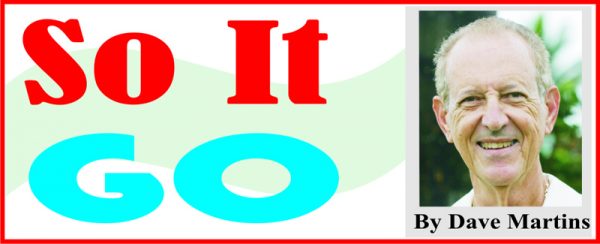
The link actually came to me from a Trini friend in Cayman, Gaston Maloney, himself a fine musician and connoisseur of music, who plays bass but is a pan man at heart, which leads me to the point (I’ve made it before) of the massive contribution Trinidad has made to world music year after year for decades. Apart from its impact with calypso and soca, the Trinis have reached a level with pan that is truly outstanding as you will hear when you play the link. It is a sterling example of the modulation Satchmo was praising, with panman Boogsie Sharpe using it masterfully in this arrangement, having the players take the tenor notes down at times to almost nothing. What a presentation…definitely one to keep. On this point of volume in music, I was at a function this past week where a tassa group was on hand and there they were playing flat out loud from start to finish; unsettling to listen to after a while. It’s astonishing to me that you never find a tassa group varying the volume, going diminuendo, or even featuring the various drums, in and out, or varying the volume or the push; using that low bass drum, for instance, single notes with spaces, or the one with the high pitch, playing from soft, alone, and building up to bring in the other drums…that approach would make the presentation captivating from its variety, rather than with just one volume from beginning to end. Sometimes the volume with tassa is so intense that you feel relieved when they stop, and most of the groups play with that same intensity: loud; no variation, no high and low, no swerve. The late Louis Armstrong would shake his head. The next time I see a tassa group I will ask them…perhaps there is something at play there I don’t understand, but every form of music uses that variation in volume, in tempo, in featured instruments, to great effect. I made a comment on this subject to a well-known Bajan musician buddy of mine… and he just laughed and said, “Gaw blin’ skipper; like dem tassa boys jest come to knock you down, man.”
I recall, many years ago now, the revelation it was for me, as a wide-eyed immigrant to Toronto, sitting in Massey Hall listening to a classical music concert live for the first time and how dynamic this technique of volume variation was in the hands of a gifted conductor, taking the levels up and down, and sometimes holding it down for bar after bar, and capturing the crowd in the process. It was striking to see how the players drew the audience into the music, by playing softer and softer, to the point where they had us in the audience leaning forward to better hear it, and the softer they played the more we leaned. I’ve seen it happen time and again, and it’s amusing how we become so caught up in the music that we don’t realize we are leaning, until the volume comes up again and we find ourselves leaning forward like an idiot. Similarly, I saw a music magazine article relating the message that jazz trumpeter Miles Davis imparted to his group on the value of varying tempos and volume and tone on an instrument. Known for his warm solos, using only a few notes instead of cascades, Miles would sometimes remind his sidemen “You don’t have to play every note on the scale, brother.” He knew that music is a combination of sound and silence. As an example, every year in Trinidad’s Panorama competition, one will regularly hear a band ending their presentation by taking the music down and down until it is almost a whisper, (you will hear it beautifully on this link below) and then the sudden fortissimo explosion with the closing chord hammered out in one four-second crescendo. Steel bands, with no mechanical volume control, bring this beguiling texture to their music by having the musicians adjust the loudness with their touch of the pan sticks to the drums. (I yearn for the day our gifted tassa players will do likewise take on Satchmo’s intimation to “Modulate, Daddy, modulate.” To make things easier for you to find the steelband gem I cited, it’s SKIFFLE BUNCH – Pan By Storm. It is simply a classic.





